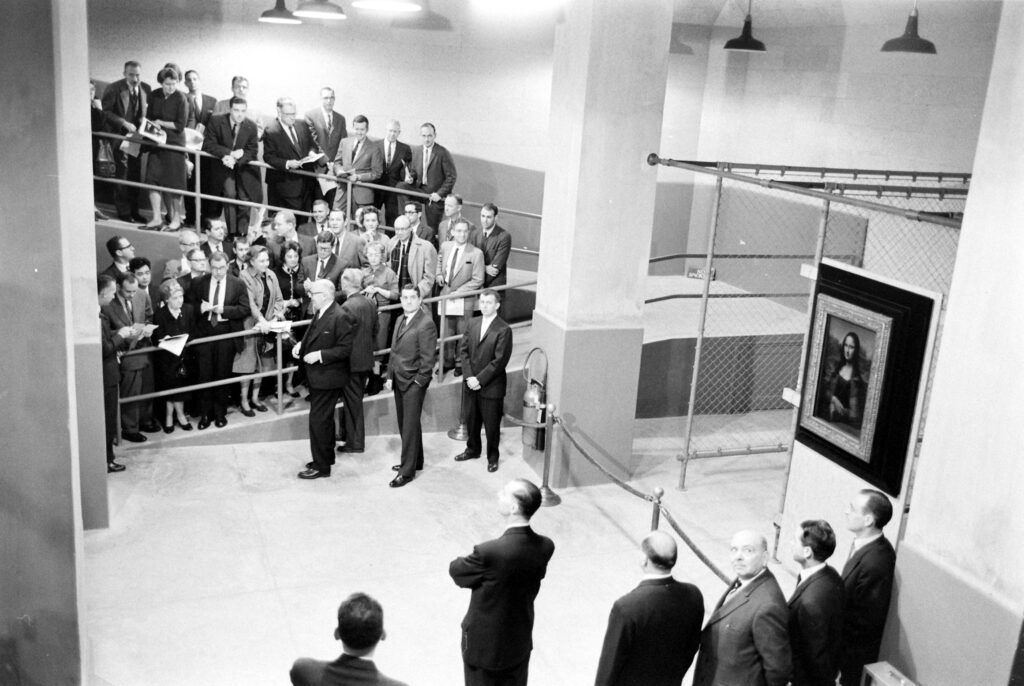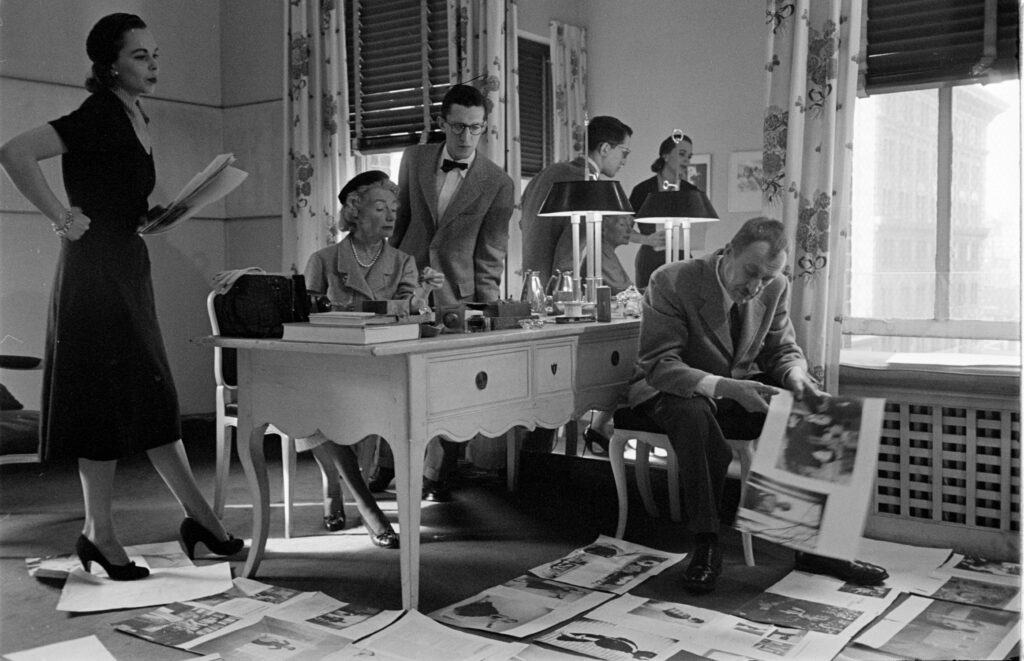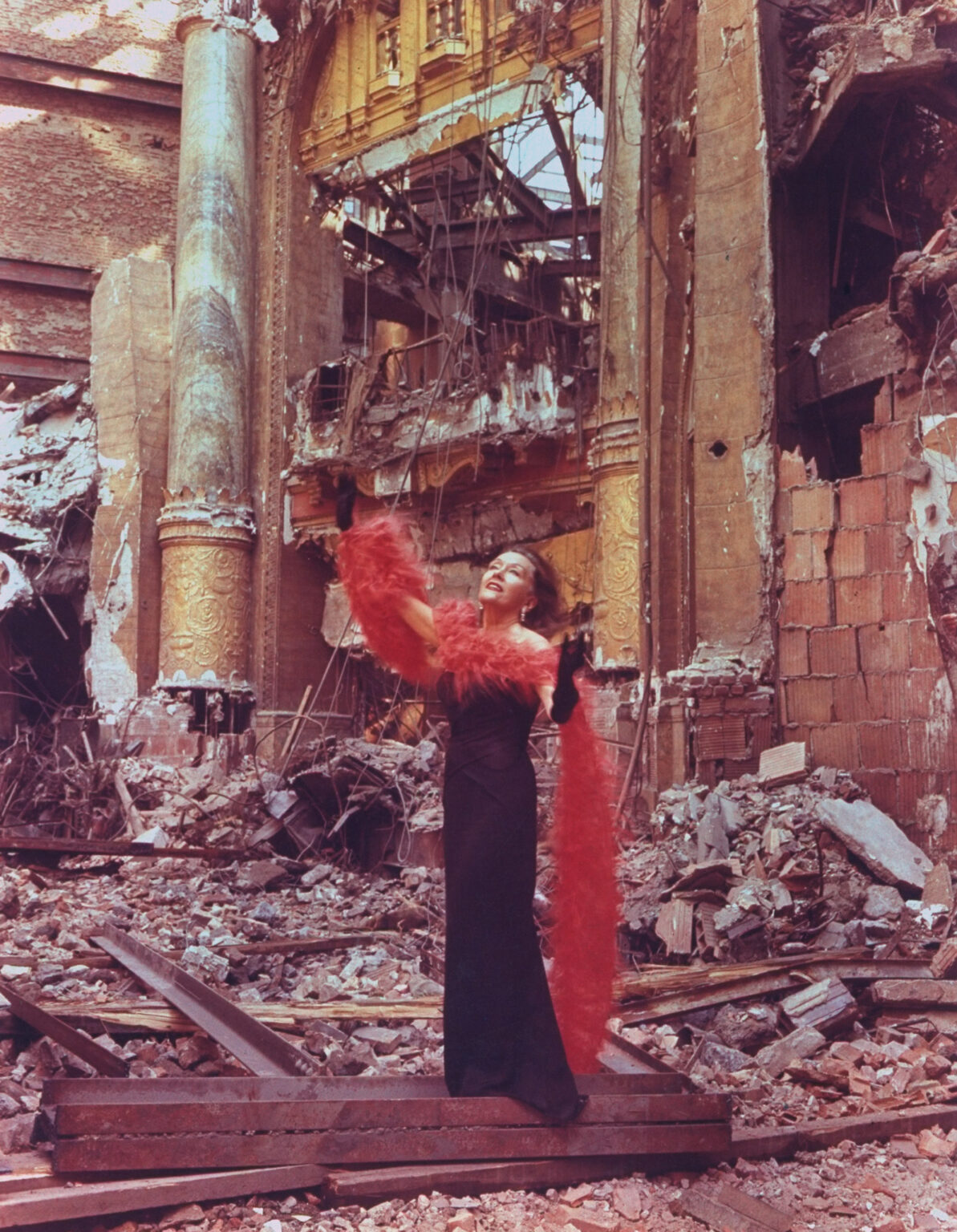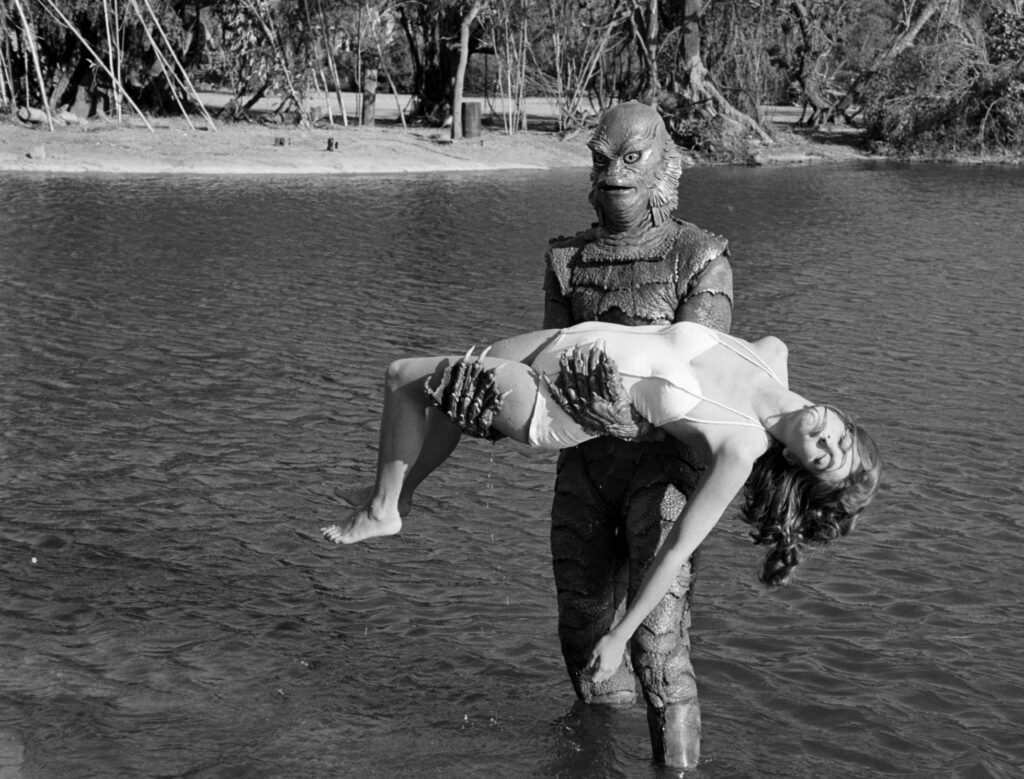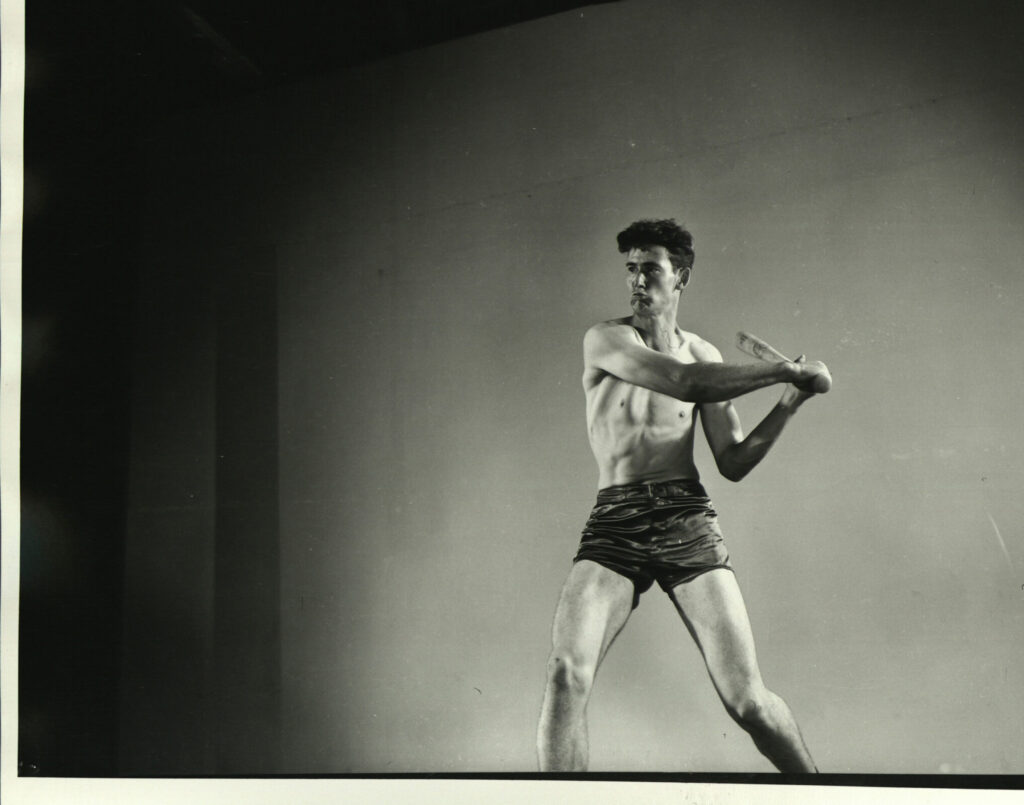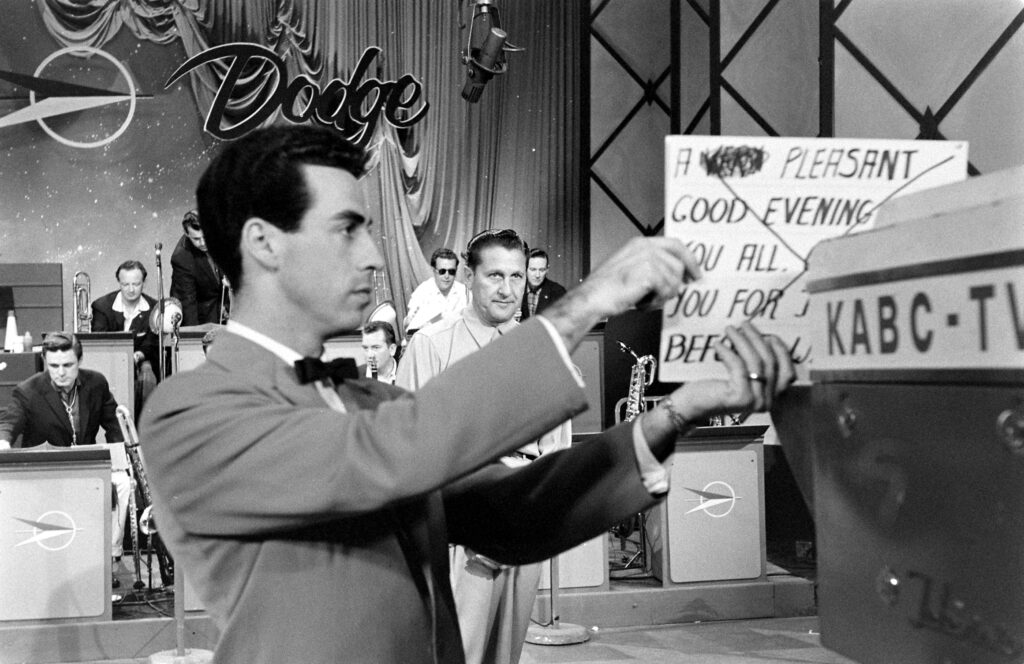Written By: Liz Ronk
Taking place just three short years after the end of the Second World War, when much of London and indeed, much of Europe was still rebuilding after the devastation of the 20th century’s most cataclysmic conflict, the 1948 London summer Olympics were the first since the 1936 Berlin Games.
While the war was over, however, it was hardly forgotten. Neither Japan nor Germany was allowed to compete. (The third Axis power, Italy, sent more than 200 athletes to London, having wisely joined the Allies in the middle of the war after Mussolini was deposed and executed.) The Soviet Union, meanwhile, as LIFE told its readers in August 1945, “snubbed the whole show” hardly surprising, as the USSR had not sent athletes to an Olympiad since 1922, and would not do so until 1952.
But whatever ideological fault lines existed around the globe in the immediate aftermath of the war, the obvious and overriding emphasis in London in 1948 was the athletes, and the generally friendly, intense competition on display.
As LIFE put it in an article shortly after the ’48 Games ended:
For 17 days except for one night when there was trouble with the gas line the torch flamed brightly at Wembley, England.
The ceremonial dignity of the London Olympiad was no match for the neopagan histrionics which characterized Adolf Hitler’s 1936 spectacle in Berlin. But by athletic standards the show was superb, despite the fact that the weather was the worst in Olympic history (the sun shone only three days). The general decorum of competing athletes was admirable, and only a very slight international tension followed a disputed U.S. victory in the 400-meter relay.
The U.S. won 38 golds in 1948, followed by Sweden (16), France and Hungary (10 apiece). The United Kingdom won three gold medals.

Torchbearer Henry Allen Bishop, 1948 London Olympics.
Mark Kauffman/Life Picture Collection/Shutterstock

As 5,000 athletes massed on the infield of Wembley Stadium before a crowd of 82,000, the Olympic torch flared up for the first time on July 29, a few minutes after XIV Olympiad has been officially opened by King George VI. The huge delegations in front are the British and U.S. teams.
Ed Clark/Life Picture Collection/Shutterstock

After years of cancelled Olympics due to World War II, the Games were back on at Wembley Stadium, London, 1948.
William Sumits/Life Picture Collection/Shutterstock

Distance champion Emil Zatopek of Czechoslovakia, running with his characteristic agonized expression, started the last lap in the 10,000 meters, where he set a new Olympic record in London, 1948. He received a gold medal and promotion from second to first lieutenant in Czech army.
Frank Scherschel/Life Picture Collection//Shutterstock

Swedish Henry Eriksson received congratulations after winning the 1500 meters in the driving rain at the 1948 Summer Olympics in London.
Ed Clark/Life Picture Collection/Shutterstock

The Netherlands’ Fanny Blankers-Koen (foreground), who won four golds in at the 1948 Summer Olympics in London, competed in a sprint heat.
William Summits/Life Picture Collection//Shutterstock

Hurdles champion Fanny Blankers-Koen (right) of Holland skimmed over last barrier in the 80-meter race inches ahead of Great Britain’s Maureen Gardner. Mrs. Blankers-Koen, 30-year-old mother of two children who cooks, knits, darns socks and does her training in between, also won the women’s 100-meter and 200-meter sprints and picked up a fourth medal by running on a victorious relay team, Summer Olympics, London, 1948.
Mark Kauffman/Life Picture Collection/Shutterstock

Jamaican athlete Herb McKenley, Summer Olympics, London, 1948.
William Sumits/Life Pictures/Shutterstock

American pole vaulter Guinn Smith attempted (unsuccessfully) a world record jump at the summer Olympics, London, 1948.
Frank Scherschel/Life Picture Collection/Shutterstock

Guinn Smith of U.S. won at the 1948 Summer Olympics in London the hard way— in a driving rain which caused vaulters’ hands to slip from bamboo poles and made Olympic record impossible. This photo shows Smith’s body is draped over bar as he fails on first try at winning height. Next time he made it.
Mark Kauffman/Life Picture Collection/Shutterstock

Eventual decathlon winner, 17-year-old American Bob Mathias, waited for his turn at the pole vault, Summer Olympics, London, 1948.
Ed Clark/Life Pictures/Shutterstock

Javelin throw winner Herma Baumer of Austria, London Olympics, 1948.
Frank Scherschel/Life Pictures/Shutterstock

American diver Zoe Ann Olsen prepared for a springboard dive. She won silver in at the Olympics in London, 1948.
Ed Clark/Life Pictures/Shutterstock

Swimming at the 1948 Summer Olympics in London.
Ed Clark/Life Pictures/Shutterstock

American springboard dive winners Zoe Ann Olsen (left), Vicki Manolo Draves (center) and Patty Elsener displayed their medals at the Summer Olympics in London, 1948.
Ed Clark/Life Pictures/Shutterstock

Fanny Blankers-Koen (right) of the Netherlands after winning the 200-meter dash, Summer Olympics, London, 1948.
William Sumits/Life Pictures/Shutterstock

Gaston Reiff of Belgium stood on the winner’s block after the 5,000 meters at the Summer Olympics in London, 1948.
Mark Kauffman/Life Pictures/Shutterstock

Members of the winning American crew (from UC-Berkeley) carried coach Ky Ebright on their shoulders, Summer Olympics, London, 1948.
Mark Kauffman/Life Pictures/Shutterstock



















